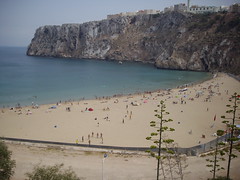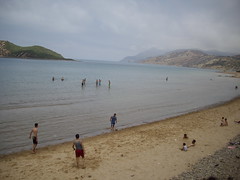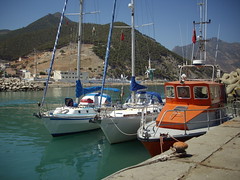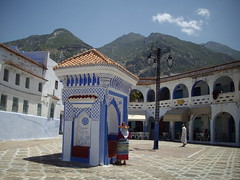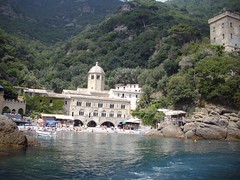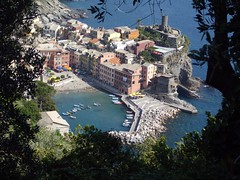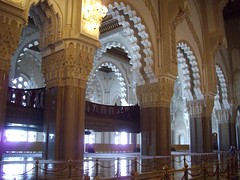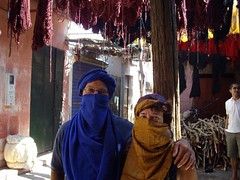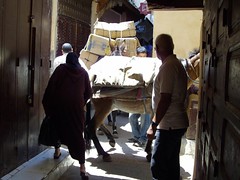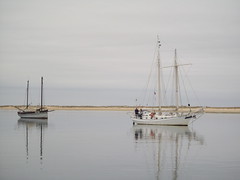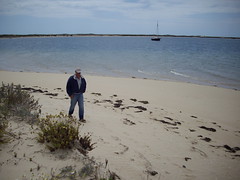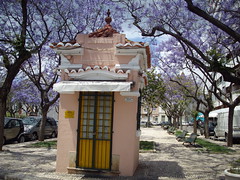 |
| Fort at Melilla |
WEDNESDAY 25 - FRIDAY 27 JUNE 2008
The morning after we arrived a brass band started up when a very large Spanish naval vessel arrived - Melilla is Spain’s largest naval base and the town has been in the hands of the Spanish since 1497.
David on the boat next door, who suffers from diabetes, had had a stroke and the ambulance and fire brigade had quite a problem getting him out as he was stuck at the chart table. As they lifted him out he clung to his boat, not wanting to let go. It’s frightening how quickly these things can happen. He was talking to us in the morning and by lunch time he was critically ill in hospital.
It was very hot – about 40 degrees and 31 degrees in the boat! It seems we have found the Mediterranean heat at last, although Roger is saying it’s too hot! We rigged the wind scoops over the hatches which worked for the forward hatch but because of the bimini over the cockpit there isn’t a flow of air to the aft hatch. It was my turn to suffer from Moroccan tummy, but it only lasted a couple of days.
Melilla has quite a good shopping centre near the old fort and a lovely long beach. The mix of people is interesting, as about 40% of the population is Moroccan.
The Marina is excellent with several tapas bars and cafes and very helpful staff – the only down side is that the bars seem to turn into night clubs and go on until 6 a.m.! However, at 8 euros a night, Melilla has got to be one of the cheapest moorings in the Western Med, so we are seriously considering putting the boat here for the winter. One of the disadvantages would be the extra journey by plane or ferry from Malaga.

